I created a new ad for Aurora Labs, which is currently featured on the Facebook page as cover video! Check it out and let me know what you think! 🙂🥳💚
Oh, and make sure you check out my YouTube channel for other cool videos from Aurora Labs!
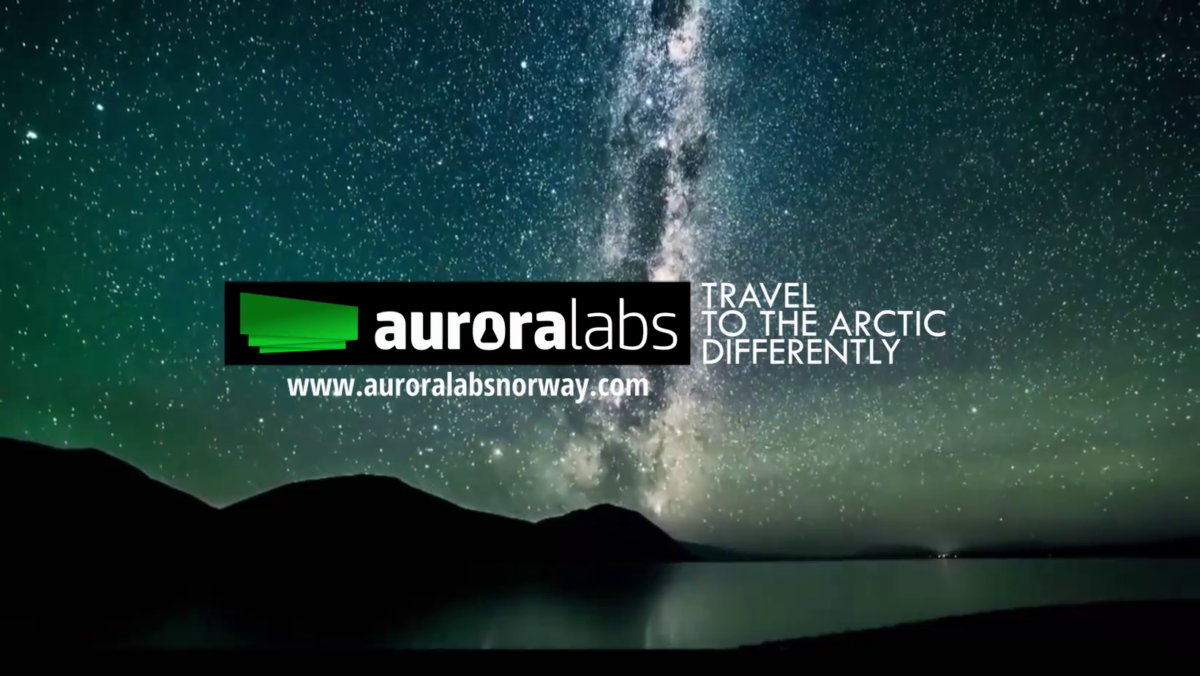
I created a new ad for Aurora Labs, which is currently featured on the Facebook page as cover video! Check it out and let me know what you think! 🙂🥳💚
Oh, and make sure you check out my YouTube channel for other cool videos from Aurora Labs!
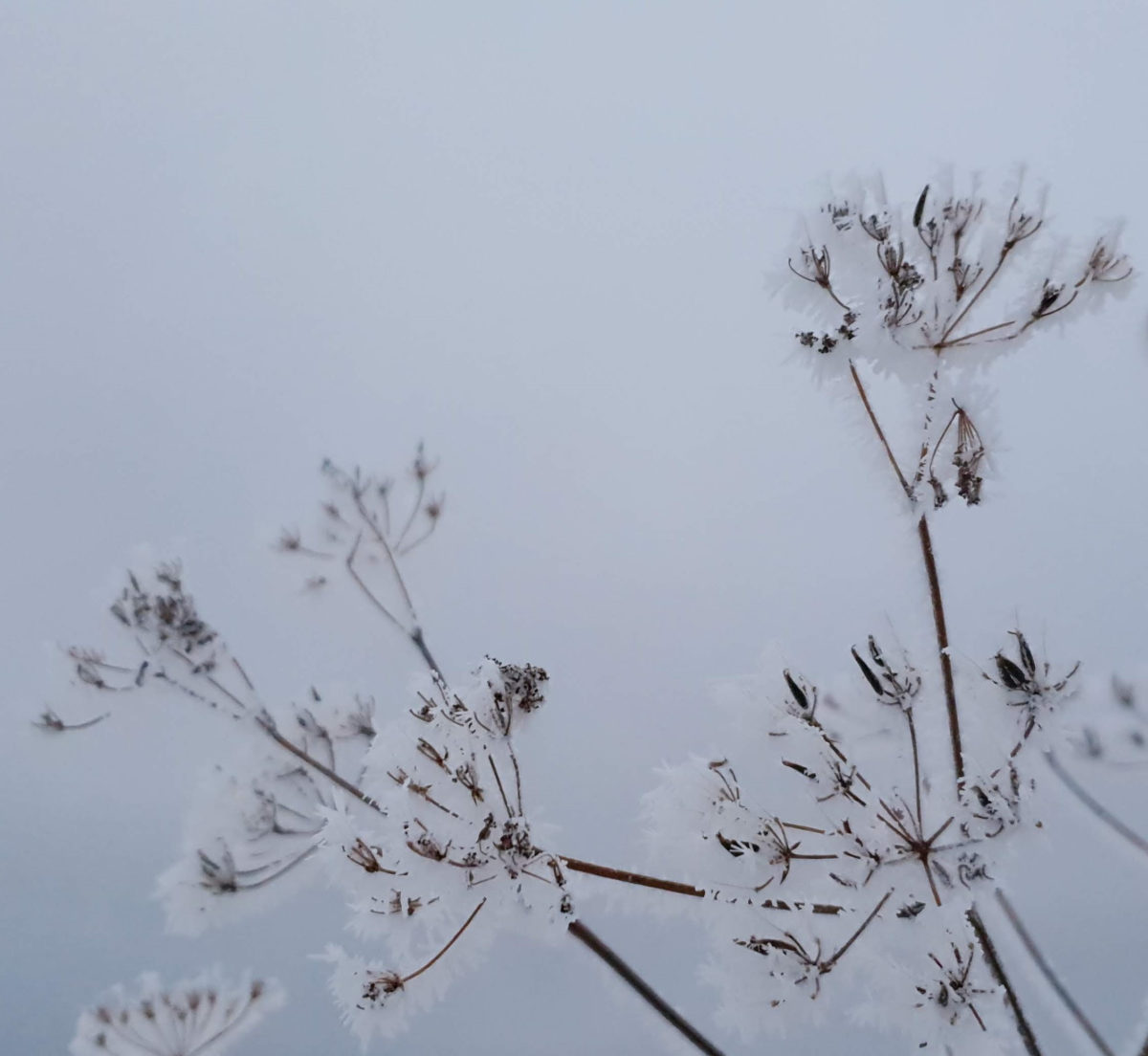
Frost is a typical phenomenon occurring here in the Arctic. It is a thin layer of icy crystals on solid surfaces. It forms when outside temperatures are cold, which determines the water vapor in the air to freeze.
Frost is a rather common sight in Arctic regions, and it creates a kind of fantasy world, in which everything sparkles due to these ice crystals, creating at the same time amazing opportunities for photographers!
Have you taken cool photos of frost? Check out a few photos of frost taken by myself, in Vadsø:
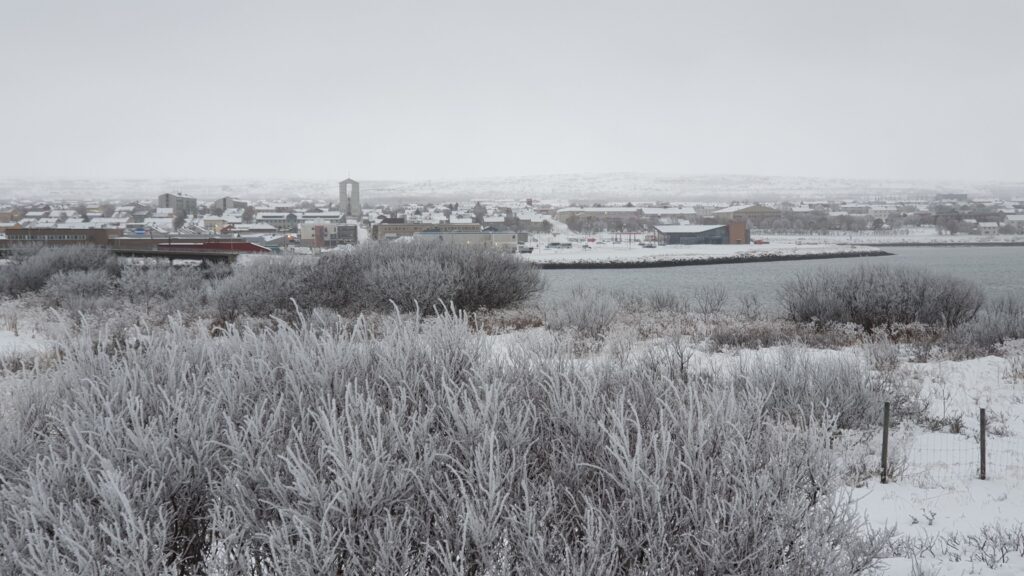
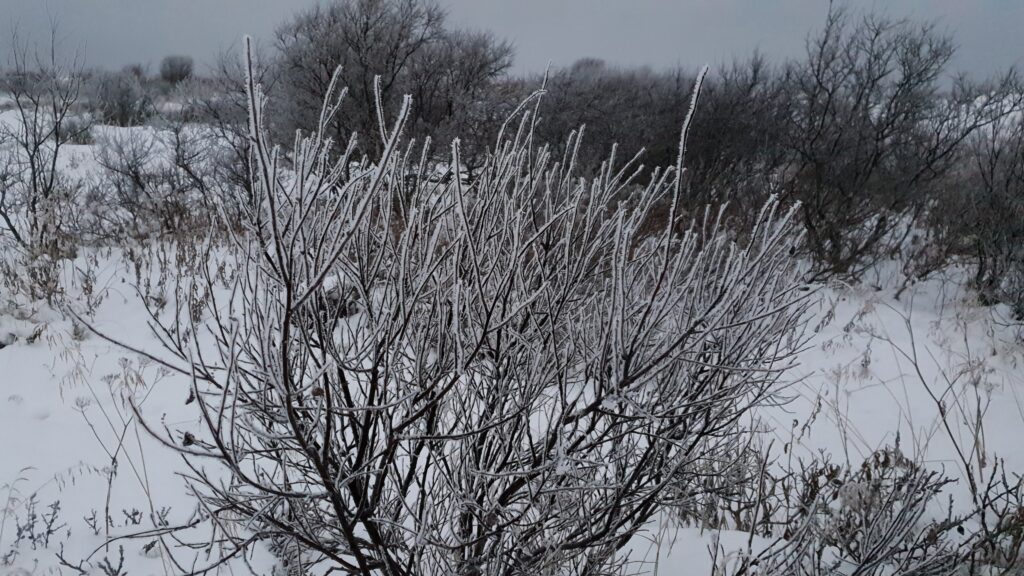
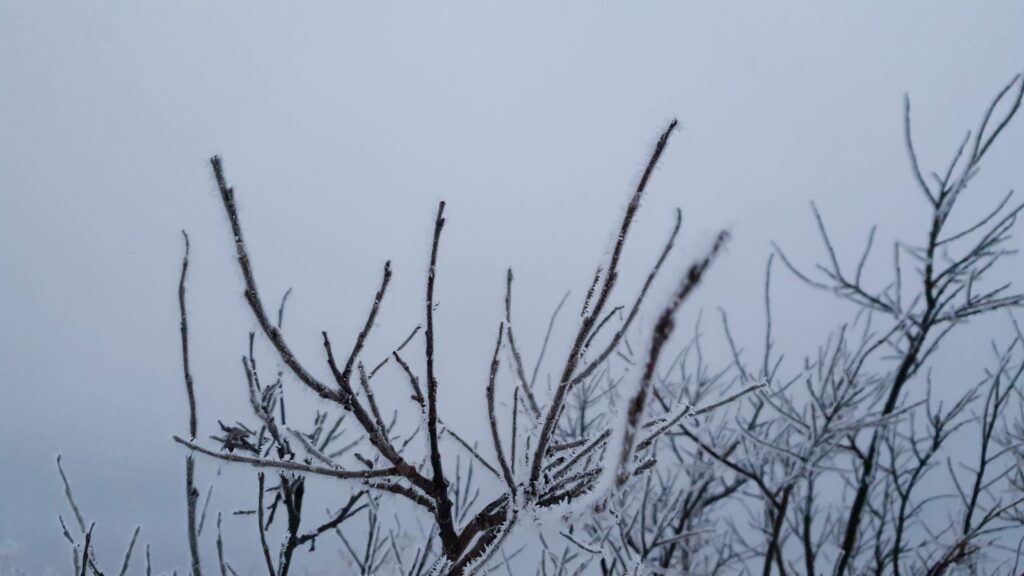
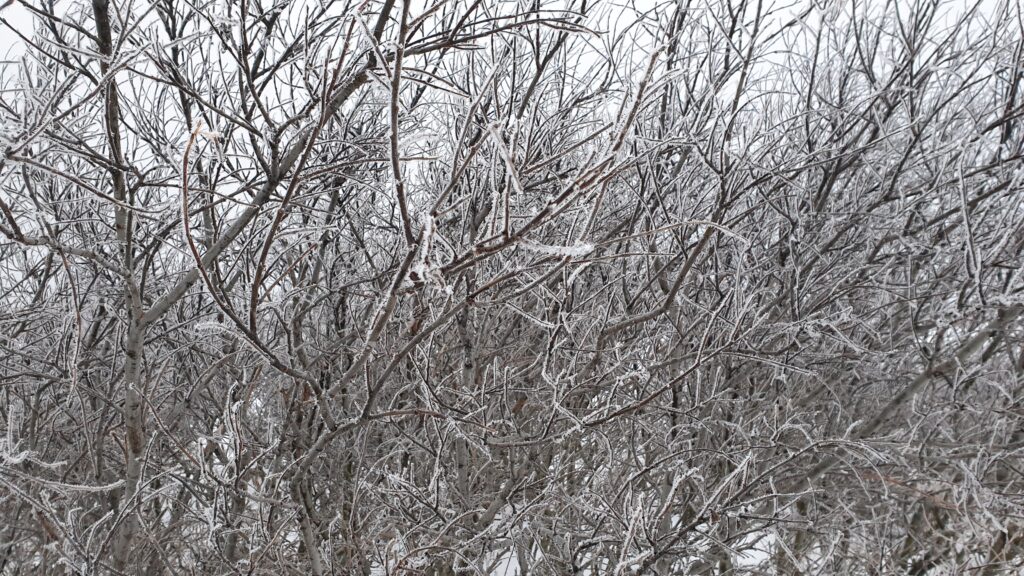
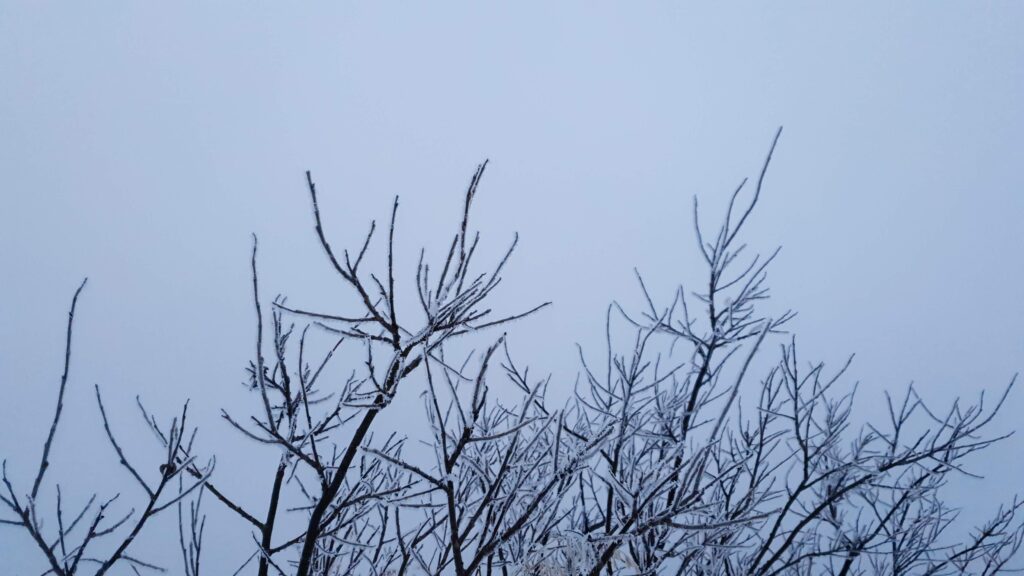
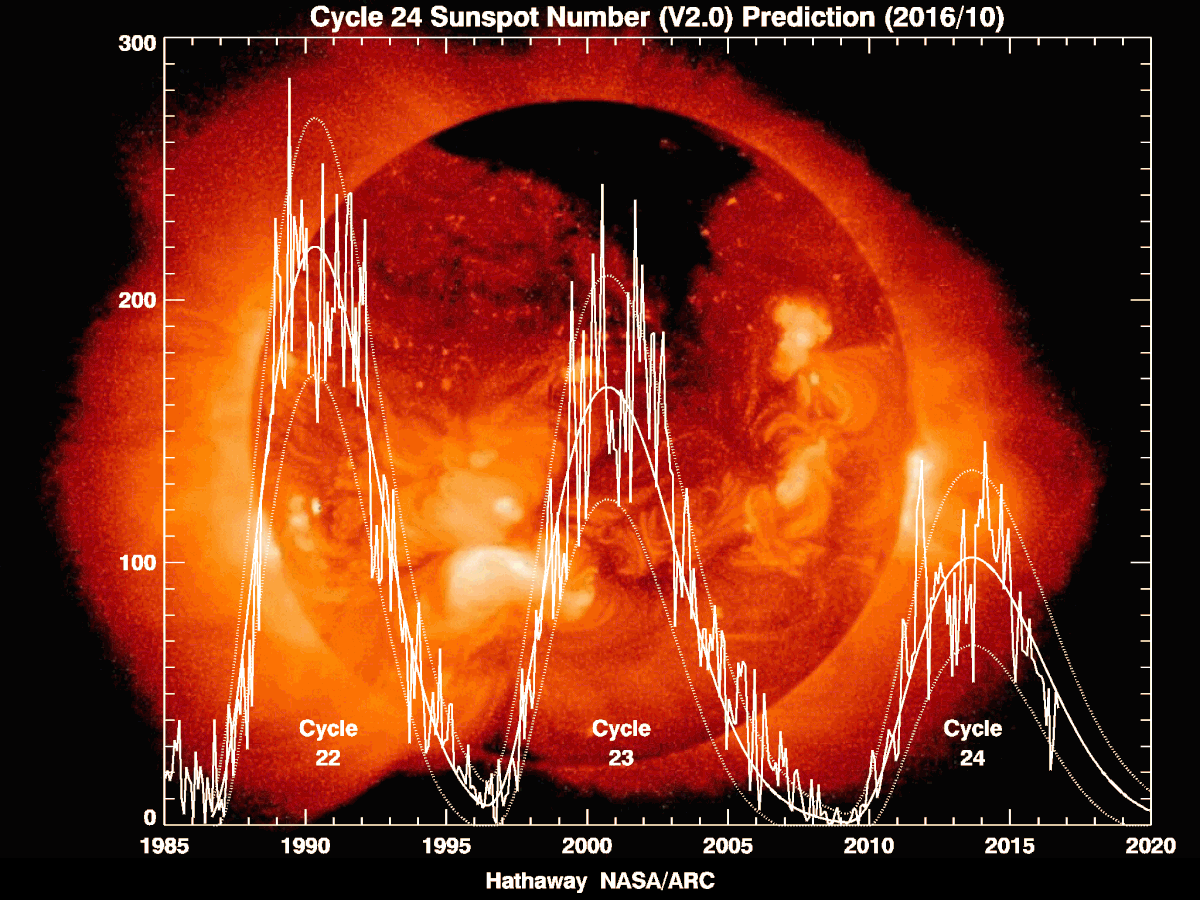
This year is a solar minimum. What does that mean? Can we see the Northern Lights during a year of solar minimum, such as 2020?
Scientists have been monitoring our Sun’s activity since hundreds of years and have observed that it varies periodically. More exactly, the number of the visible sunspots on our star’s surface, increases then decreases periodically, during a period of 11 years. When this number is on the low side – that’s a solar minimum, and we are currently there in 2020. The next solar maximum is expected towards 2025-2026.
Sunspots are associated to high solar activity (solar flares, coronal mass ejections) – which is necessary for Auroras to form here on Earth. But solar activity can also be due to other phenomena, such as coronal holes, which can occur even at solar minimums, and do not depend on the number of sunspots!
So, to answer the last question is the introductory paragraph – “yes”, the Aurora can be seen during years of solar minimums, too! And very well even, as coronal holes can lead to powerful geomagnetic storms!
In addition, places located on the Kp=0 Auroral Oval, such as Vadsø, need a considerably little activity in order to display beautiful Auroras. So, here in our region, the Northern Lights are seen in amazing displays, even in solar minimum years.
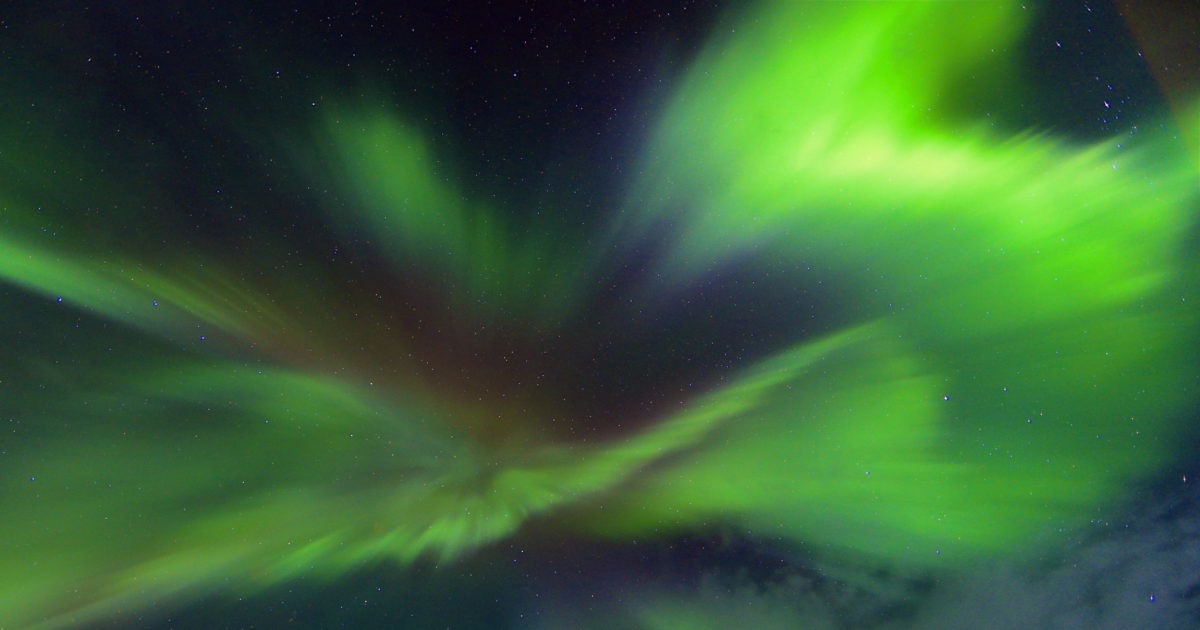
Welcome to Aurora Labs’ new blog! Be sure to bookmark and to check out this page often, in order to read cool Arctic stuff, to learn about our Universe and for lots and lots of Northern Lights!
Make sure you follow Aurora Labs’ Facebook and Instagram pages as well, to be up-to-date with everything Aurora Labs, and to get to know the Arctic, Vadsø, Finnmark, the Aurora, and our whole Universe up close and personal! Have a look at my website too, to see what it’s all about and to check out the cool Arctic activities you can carry out with me if you decide to visit Vadsø with me! Prepare yourself to travel to the Arctic differently!